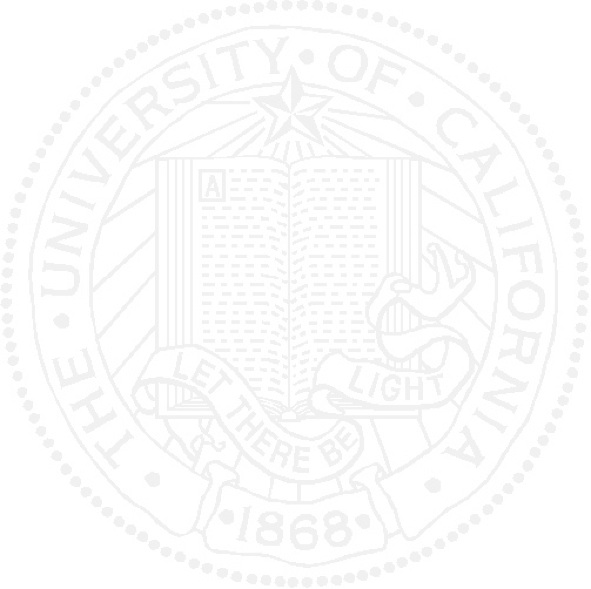Space Traffic Management
On January 11, 2007, a Chinese anti-satellite weapon was used to destroy the Chinese weather satellite, the Fengyun FY-1C, in order to demonstrate that China possessed this technology. The target satellite, in a polar orbit at 865 km altitude, was destroyed with a direct kinetic kill vehicle with a closure rate of over 8 km/s. Following this test, the amount of space debris tracked increased by over 1335 pieces larger than 10 cm across. Due to the orbit altitude, the vast majority of these pieces of the Fengyun will not de-orbit for well over a decade. The estimate for the smaller size debris is over 35000 of 1 cm across, and over a million pieces 1 mm across. Note that current technology can only track objects 10 cm or larger in cross section, and the Chinese ASAT test increased the number of objects tracked by over 15.
Previously, in 1996, a French satellite, Cerise, was damaged by orbital debris impact, which caused a portion of the gravity-gradient stabilization boom to be torn off (and rendered the satellite severely degraded). Currently, the space shuttle trajectories are carefully planned to avoid known space debris conjunctions, and clearing maneuvers have been performed on several recent missions. Indeed, part of the International Space Station are armored to prevent loss of life through orbital debris impact, and the station will perform a collision avoidance maneuver if another object is predicted to come within 25 km of the station.
Space debris, or space junk, is composed of defunct satellites, rocket parts, casings, paint flecks, garbage, gloves, cameras, and other sundry parts of once very expensive technology. Estimates from the US Space Surveillance Network place the number of objects in orbit at over 12351, with slightly over 3101 listed as payloads, though many of them are defunct. Again, given the ability to only track objects larger than 10 cm across, the actual number of objects in orbit exceeds the tens of millions (though most of these are quite small).
The number of conjunctions (or times when two objects will pass closer than some minimum distance) increased dramatically with increased number of objects. Due to the extremely high velocities involved (and probabilistically most collisions appear to be head on), even small debris can pose significant danger to spacecraft and astronauts. And, unlike collisions in the air, the pieces do not fall back to earth after colliding, but rather continue in roughly the same orbits spreading out and colliding with other objects. This “domino” effect of collisions causing more debris which in turn causes more collision creating yet more debris is called the “Kessler Effect.”
While debris in low earth orbit eventually de-orbits due to atmospheric drag, anything in higher orbits will take many decades or centuries to reenter that atmosphere. Proposals for any kind of orbital “sweeper” remain too costly and far fetched to be effective, and there currently is neither clear legal liability nor established venues to seek redress. The problem is here, is will not go away on its own, and without any further intervention, will continue to worsen. Near earth space is on the way to becoming another example of the “tragedy of the
commons.”
Our efforts are focused on trying to improve the orbit position and velocity estimation from the public data, in order to reduce the uncertainty in the conjunction analysis. This work is funded by NASA University Affiliated Research Center (UARC).
multimedia
Publications
-
(1)Muldoon, A., Elkaim, G., and Wheeden, B, “Improved Orbital Debris Trajectory Estimation Based on Sequential TLE Processing,” 60th International Astronautical Congress, IAC2009, Daejeon, Korea, Oct. 16-19, 2009. (pdf)
-
(2)Muldoon, A., and Elkaim, G., “Improved Orbit Estimation using GPS Measurements for Conjunction Analysis,” ION Global Navigation Satellite Systems Conference, ION-GNSS 2008, Savannah, GA, Sept. 16-19, 2008 (pdf)
People
-
• Gabriel Elkaim, Associate Professor, Computer Engineering, UCSC, 831.459.3054
-
• Alana Muldoon, Masters Student (graduated), CE UCSC, living in Redwood City, CA.





